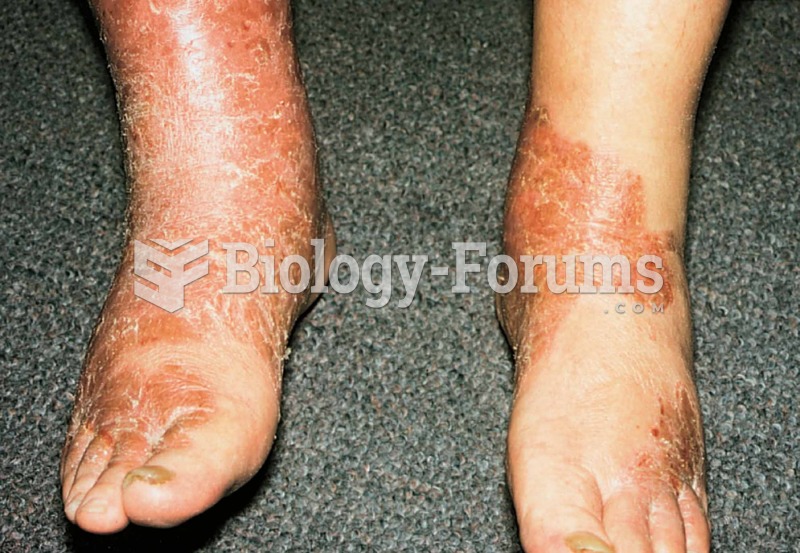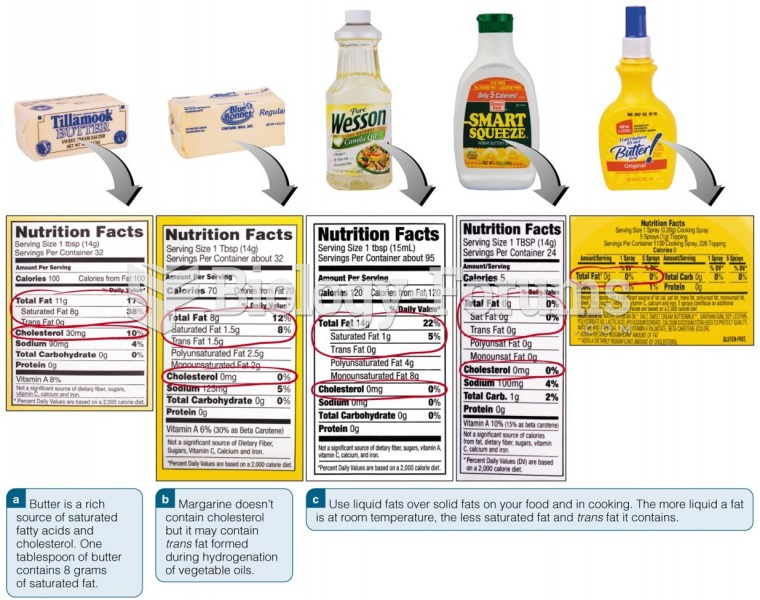|
|
|
On average, someone in the United States has a stroke about every 40 seconds. This is about 795,000 people per year.
Pubic lice (crabs) are usually spread through sexual contact. You cannot catch them by using a public toilet.
There are more sensory neurons in the tongue than in any other part of the body.
The human body's pharmacokinetics are quite varied. Our hair holds onto drugs longer than our urine, blood, or saliva. For example, alcohol can be detected in the hair for up to 90 days after it was consumed. The same is true for marijuana, cocaine, ecstasy, heroin, methamphetamine, and nicotine.
Despite claims by manufacturers, the supplement known as Ginkgo biloba was shown in a study of more than 3,000 participants to be ineffective in reducing development of dementia and Alzheimer’s disease in older people.







